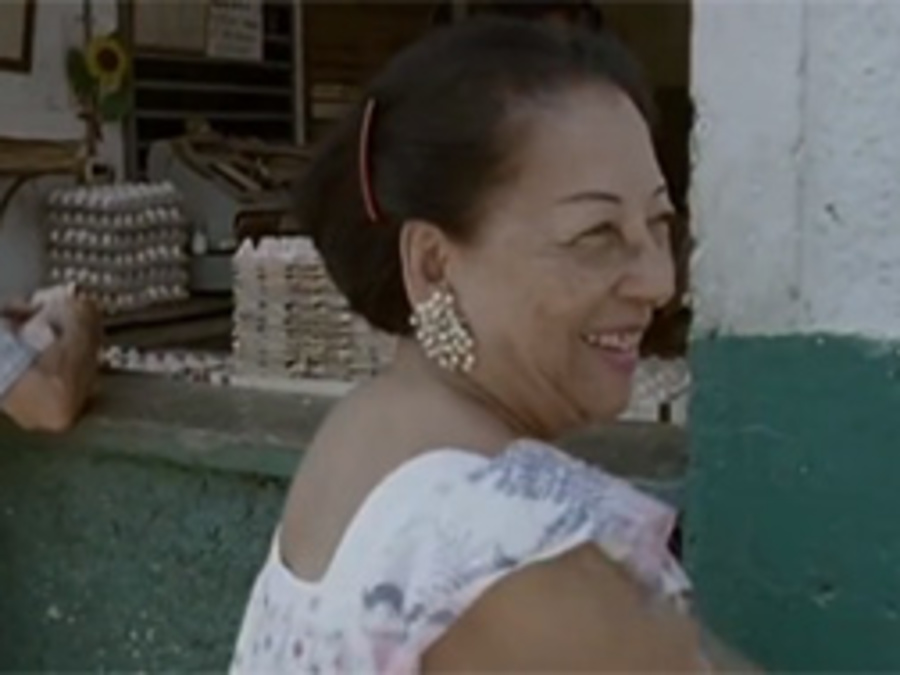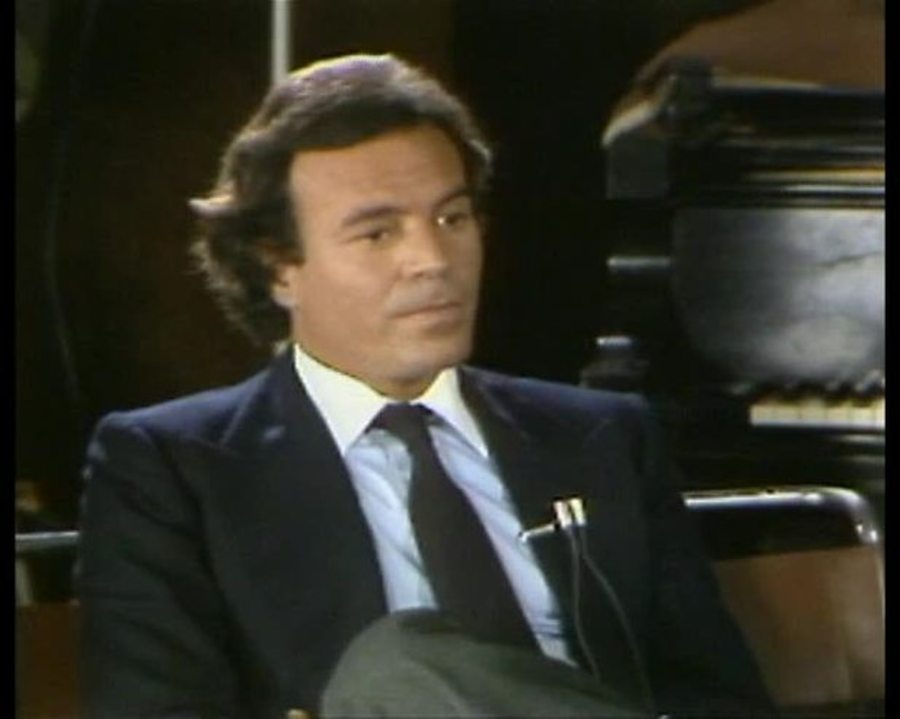 Try these videos to get started. Must be on campus or login with your COM account for off campus access.
Try these videos to get started. Must be on campus or login with your COM account for off campus access.
Want more on finding media? Try Articles & Media.
-
Anacaona: The Amazing Story of Cuba's Forgotten Girl Band (1:21:14)
Formed in 1930s Havana, the all-girl orchestra Anacaona achieved world-wide popularity. Cuchito Castro, and eventually her 11 sisters, took on the male-dominated world of "son" music. Son combines the structure and elements of Spanish cancion, Spanish guitar, African rhythms, and percussion instruments of Bantu origin. At the time it was believed women were not capable of playing son. With concerts in 1938 in New York and Paris, along with films in Mexico, Anacaona rose to international fame, but then faded into obscurity after the Cuban Revolution.
-
Julio Iglesias: A Fondo—In Their Own Words (56:16)
ulio Iglesias is a Latin singer, songwriter, and record producer. In 1976, he performed at Madison Square Garden, in New York where he set a box office record. In 1983, he entered the Guinness Book of World Records for having sold the most records in the most languages in history. Iglesias is one of the most popular Latin artists of all time.
-
Sing and Don’t Cry: The Mariachis—in Spanish with English Subtitles (58:00)
The mariachi sound is the heart and soul of Mexico—and a form of music that today is enjoyed throughout the world. In this down-to-earth program, mariachi aficionado Cornélio Garcia introduces viewers to the music, history, and cultural importance of mariachi bands in Mexico and elsewhere. Whether they are marching in a parade, performing onstage in a restaurant or at a fiesta, or even serenading mourners at a funeral, mariachis bring pleasure to all who hear them. The renowned Mariachi Vargas de Tecalitlán is spotlighted.
-
A Zest for Life: Afro-Peruvian Rhythms, a Source of Latin Jazz A Zest for Life: Afro-Peruvian Rhythms, a Source of Latin Jazz (56:48)
Peruvians of African descent are a minority within their country, but their culture has had a tremendous impact. Even la Marinera, Peru’s national dance, shows African influence. Using performance, historical photographs, and interviews, this program acquaints viewers with Afro-Peruvian music and dance. Host Eve A. Ma explains how these art forms were affected by the strictures of slavery in colonial-era Latin America, while dancer/percussionist/choreographer and folklorist Lalo Izquierdo demonstrates instruments developed by slaves that are now used by Latin jazz musicians. Highlights of the video include a performance of the Torito Pinto, a dance that mocks the slave master, and segments on the multicultural roots of zapateo and the hatajo de negritos.
![]() Try these videos to get started. Must be on campus or login with your COM account for off campus access.
Try these videos to get started. Must be on campus or login with your COM account for off campus access.


